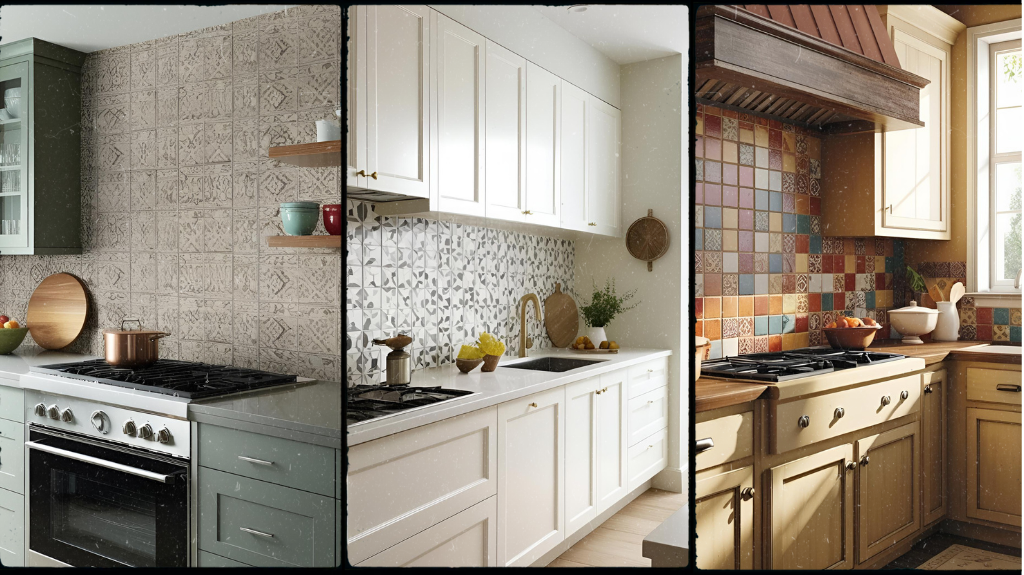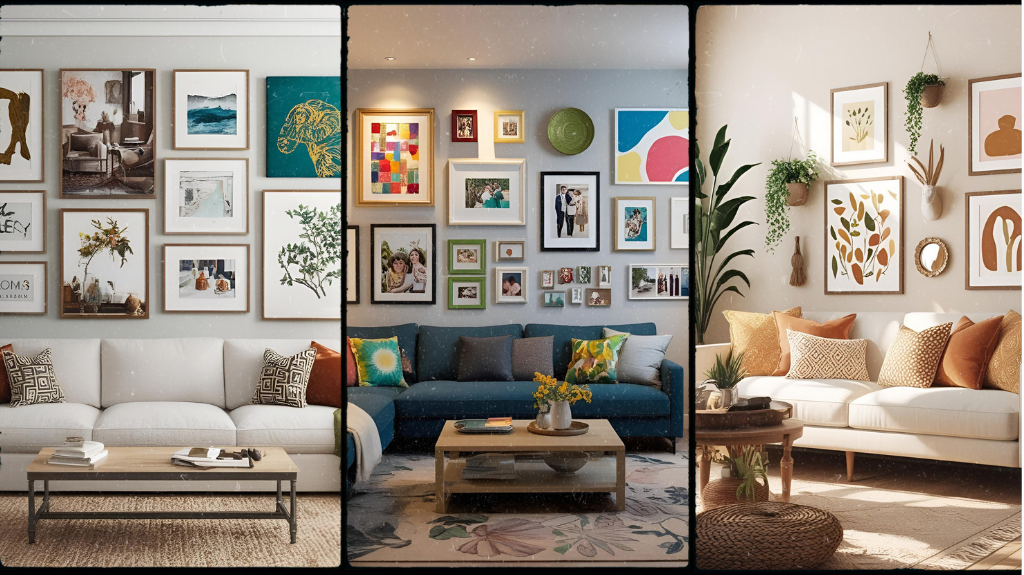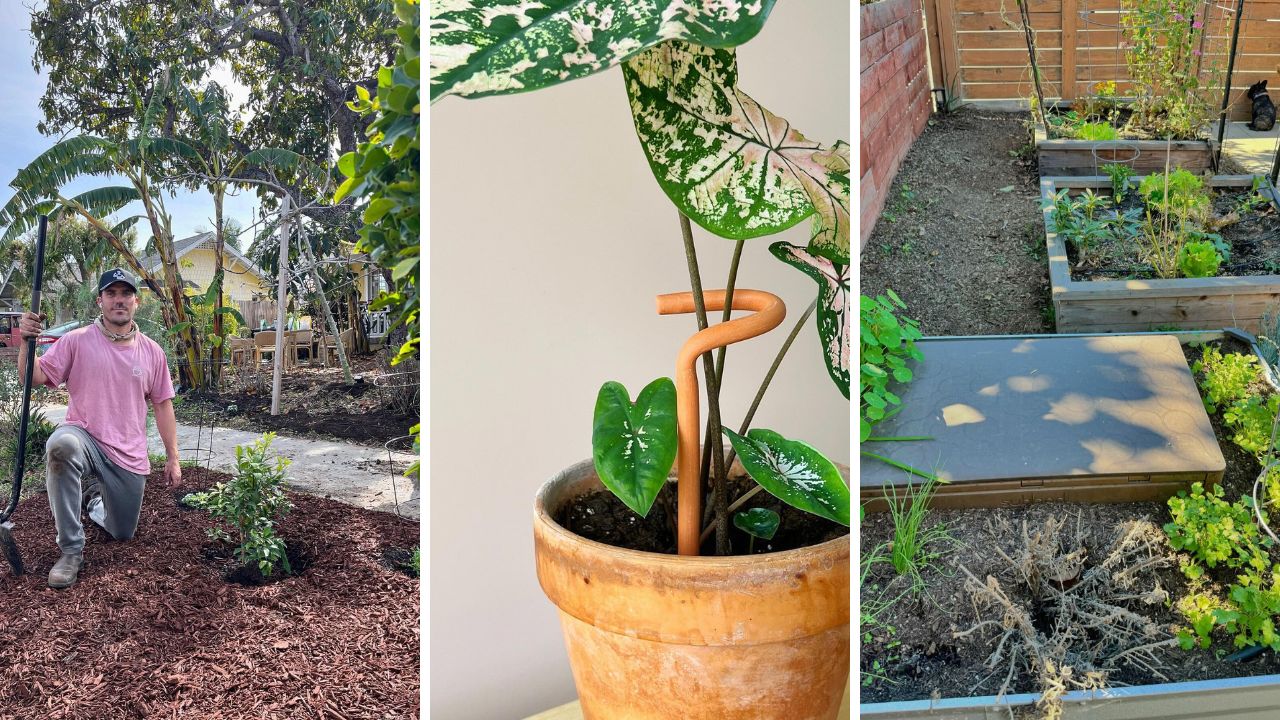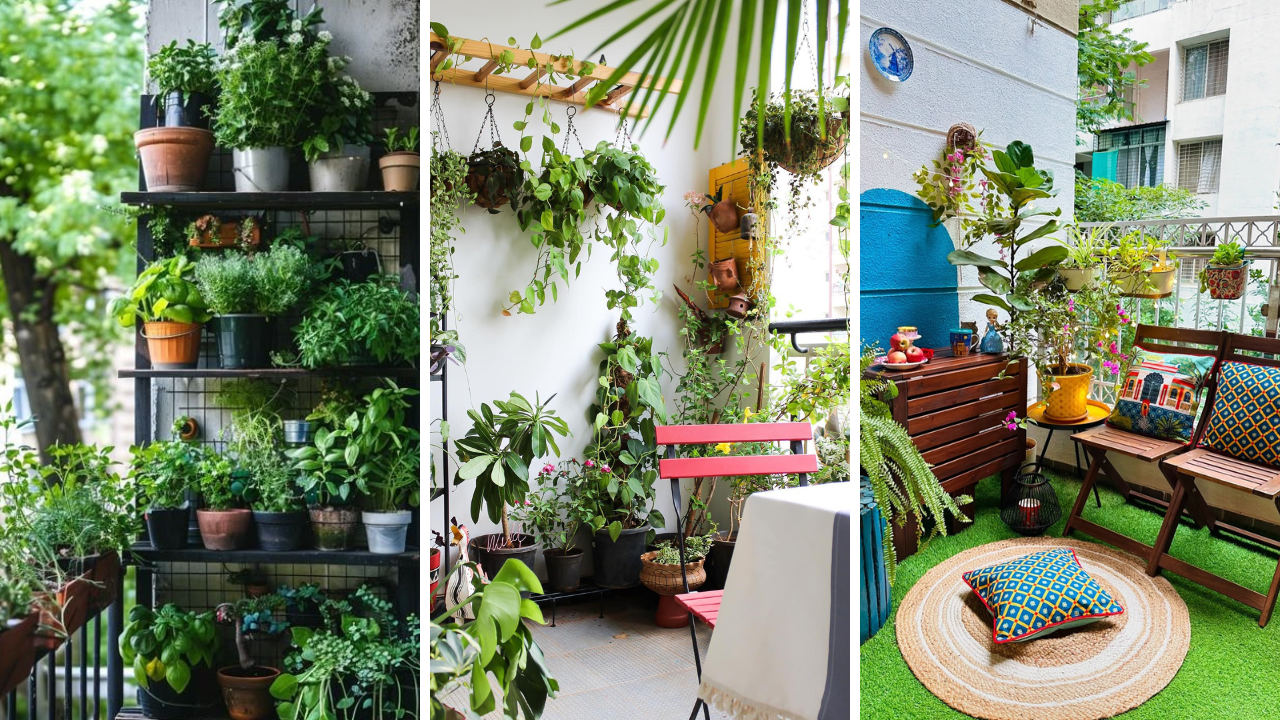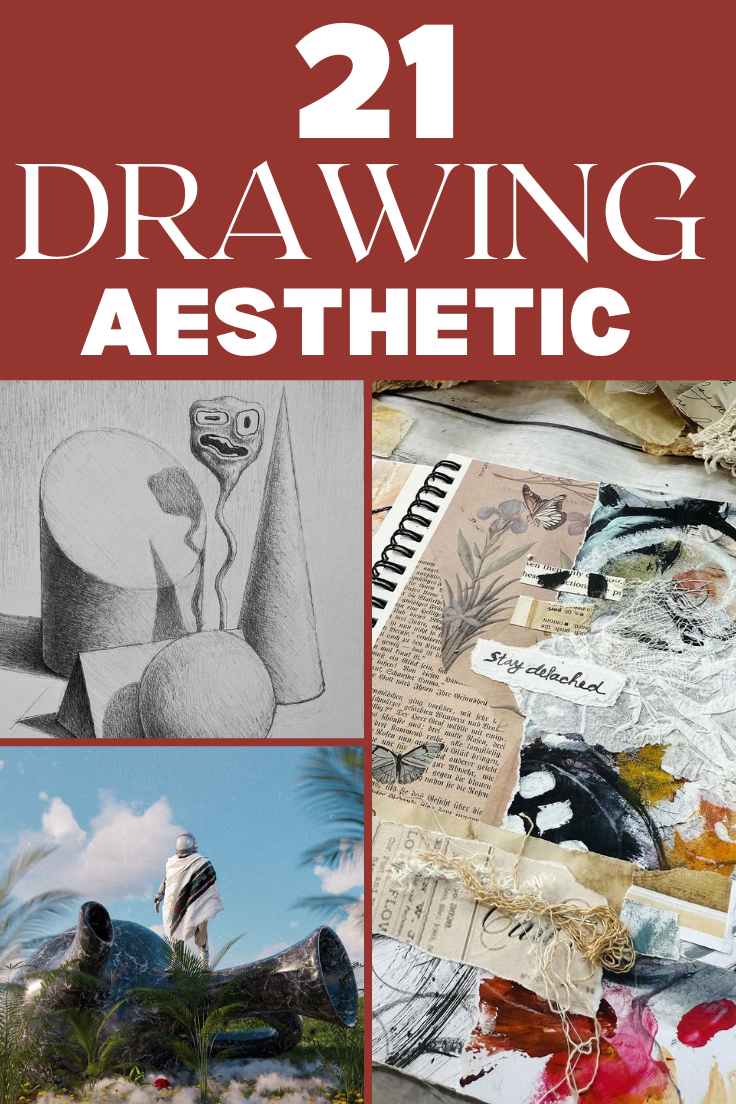
Drawing is an art form that goes beyond just creating pictures; it’s a way to express your thoughts, emotions, and creativity. Whether you are just starting out or are an experienced artist, there is always something new to learn to improve your aesthetic and technique. This post uncovers 21 drawing aesthetic secrets that can truly elevate your art. From using the right materials to mastering lighting, texture, and color theory, these tips will take your sketches from ordinary to extraordinary. Whether you want to enhance your skills or find the best tools to create more polished pieces, you’ll find everything you need here. So let’s dive into these drawing secrets, and discover how to create art that will make an impact!
1. Mastering Light and Shadow for Depth
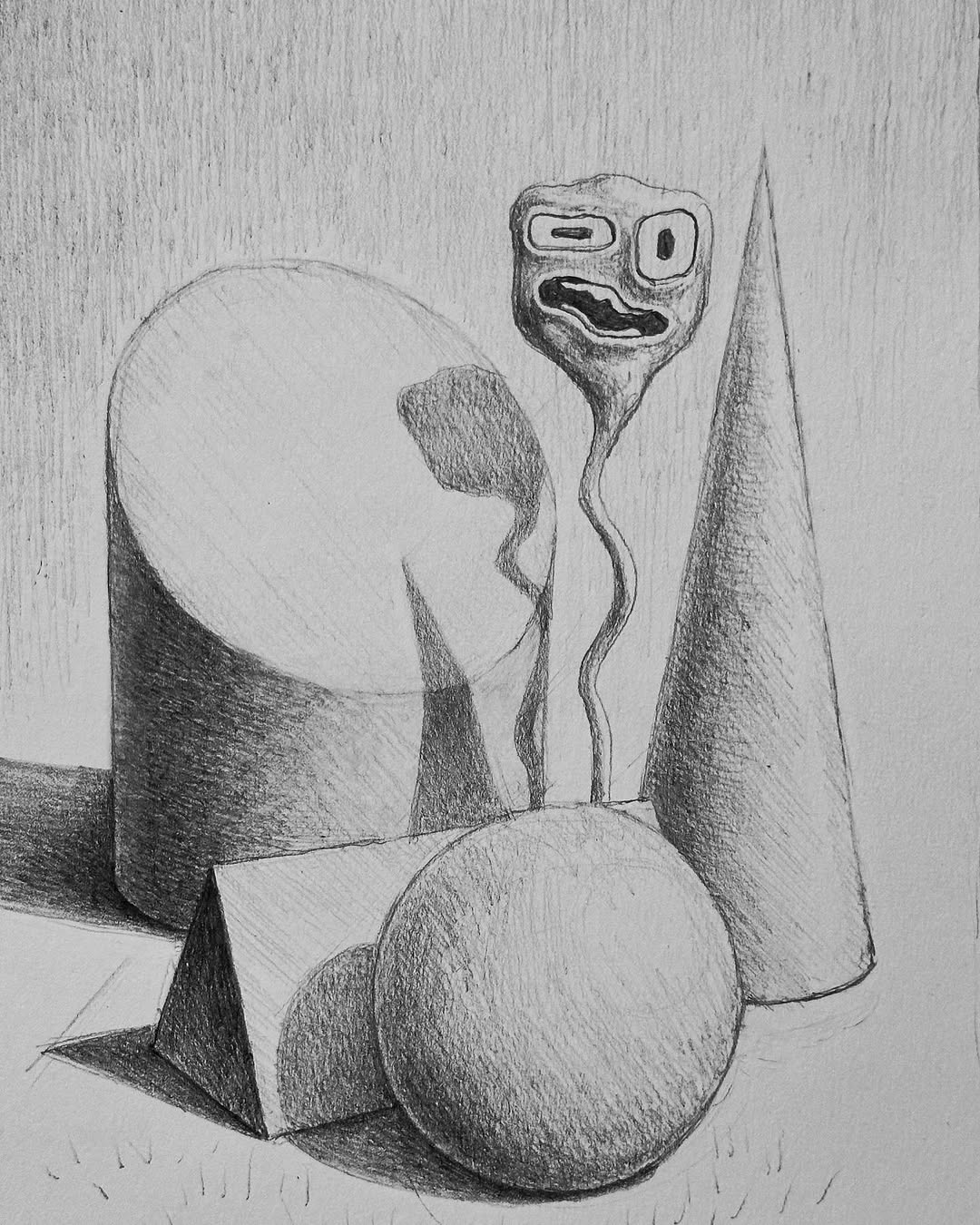
source @j.a.d.o.k.a.r
Light and shadow are the foundation of creating depth and dimension in your drawings. Without them, your work may appear flat or lifeless. Learning how light interacts with your subject will help you add depth and make your art appear more lifelike. When drawing, it’s crucial to study the light source and how it casts shadows on your subject. Shadows don’t just darken areas of your drawing; they define the shape, texture, and volume of the subject.
A key technique is to practice shading from light to dark using a gradual transition. Don’t be afraid to go dark in some areas—contrast is your friend! For smoother transitions, use a blending stump to soften harsh lines. For best results, invest in high-quality graphite pencils that can give you the range of tones needed for perfect shading.
2. The Power of Contrast

source @ankiyon_design
Contrast is the difference between light and dark, and it plays a pivotal role in creating emphasis within your drawing. Using high contrast can bring certain elements to the forefront while allowing others to recede into the background. It’s also a powerful tool for creating mood—light and dark areas can convey warmth, tension, drama, or serenity depending on how they are balanced.
When you strategically place dark and light areas, your drawing will naturally have focal points, guiding the viewer’s eye to the most important parts of your artwork. Practice drawing with different levels of contrast and see how it transforms the impact of your composition. For the best results, experiment with darkening shadows and brightening highlights.
3. Using Color Theory to Enhance Your Artwork
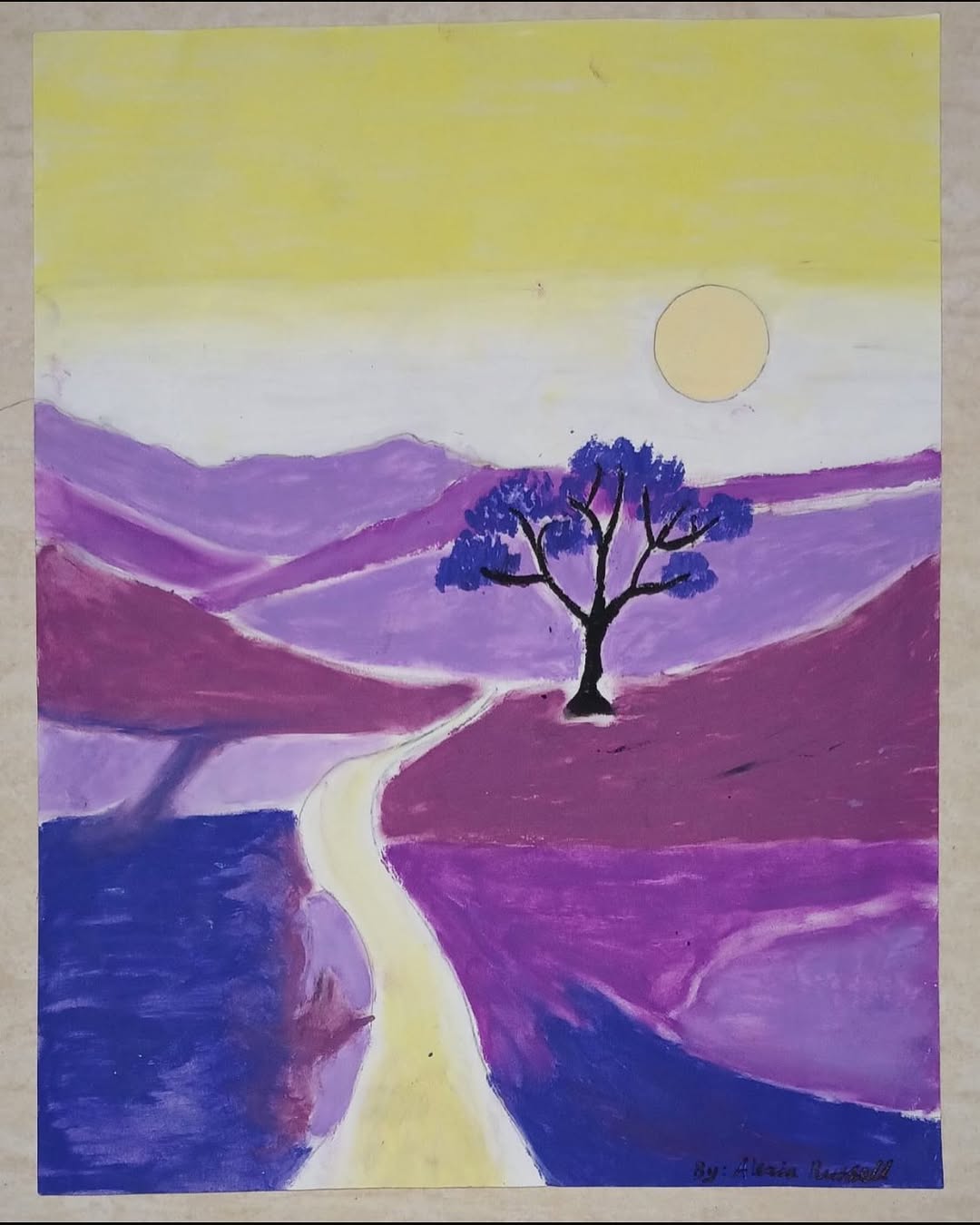
source @artbyakilahtt
Color theory is a tool that artists use to create visually harmonious compositions. Understanding the relationships between colors allows you to make choices that bring your artwork to life. Complementary colors (colors opposite each other on the color wheel) can create visual interest by making each other appear more vibrant. Analogous colors (colors next to each other on the wheel) create a soothing effect and work well for creating mood.
You don’t need to be a professional to use color theory effectively. Even small changes, like incorporating a complementary color into your shadows or highlights, can have a huge impact on the aesthetic quality of your work.
4. Layering Techniques for Rich Texture
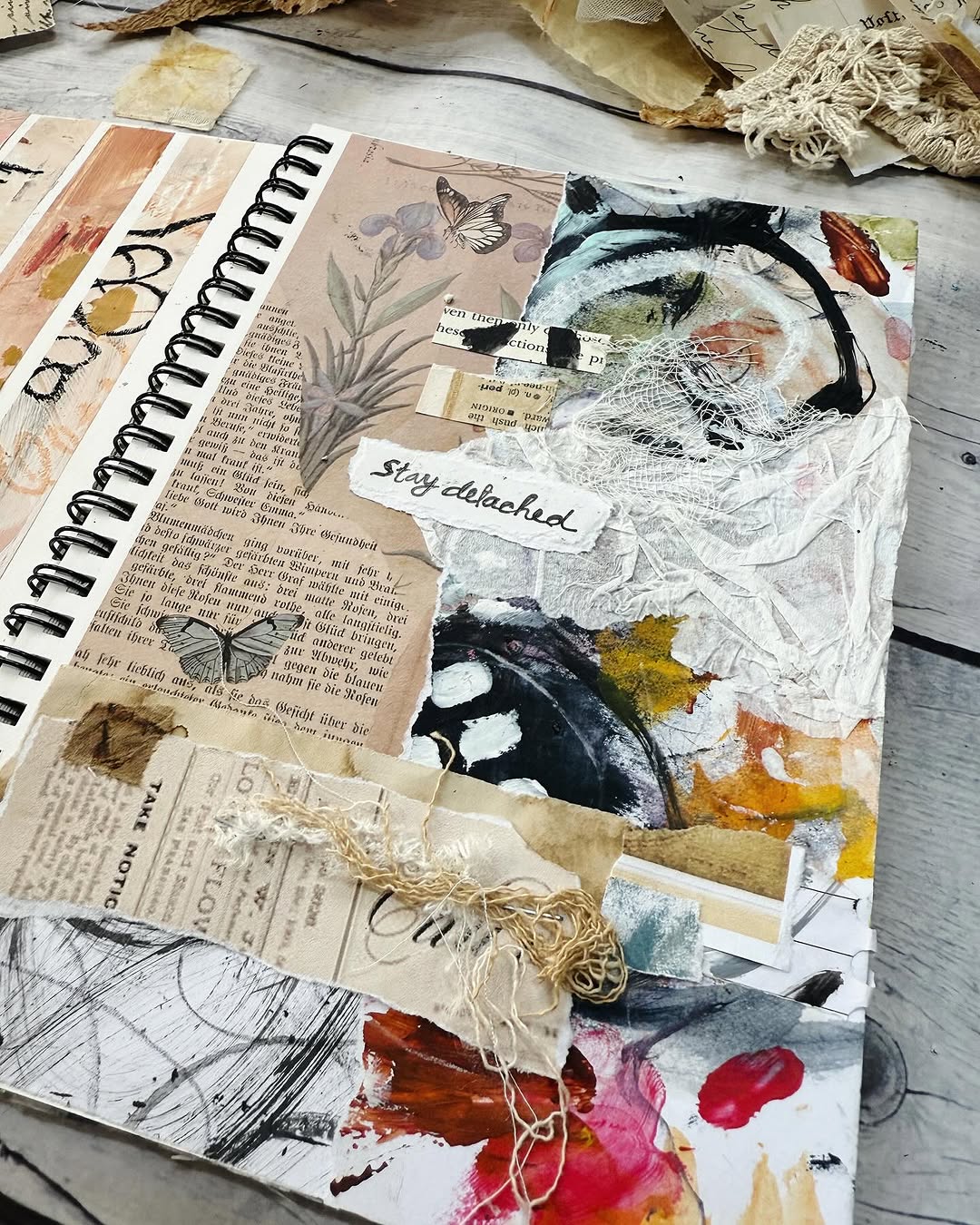
source @debasreedeyart
One of the most effective ways to achieve a rich, complex drawing is through layering. This involves applying multiple layers of material, whether it’s graphite, colored pencils, or ink. Start with a light base and gradually build up darker tones and details to create depth and texture.
Layering is especially useful for creating smoother transitions between light and dark areas. It’s also essential for adding depth to elements like skin, fabric, or foliage in nature. The key is patience—take your time with each layer to avoid overworking the drawing and creating an unintended muddy effect.
5. Creating Dynamic Lines for Movement
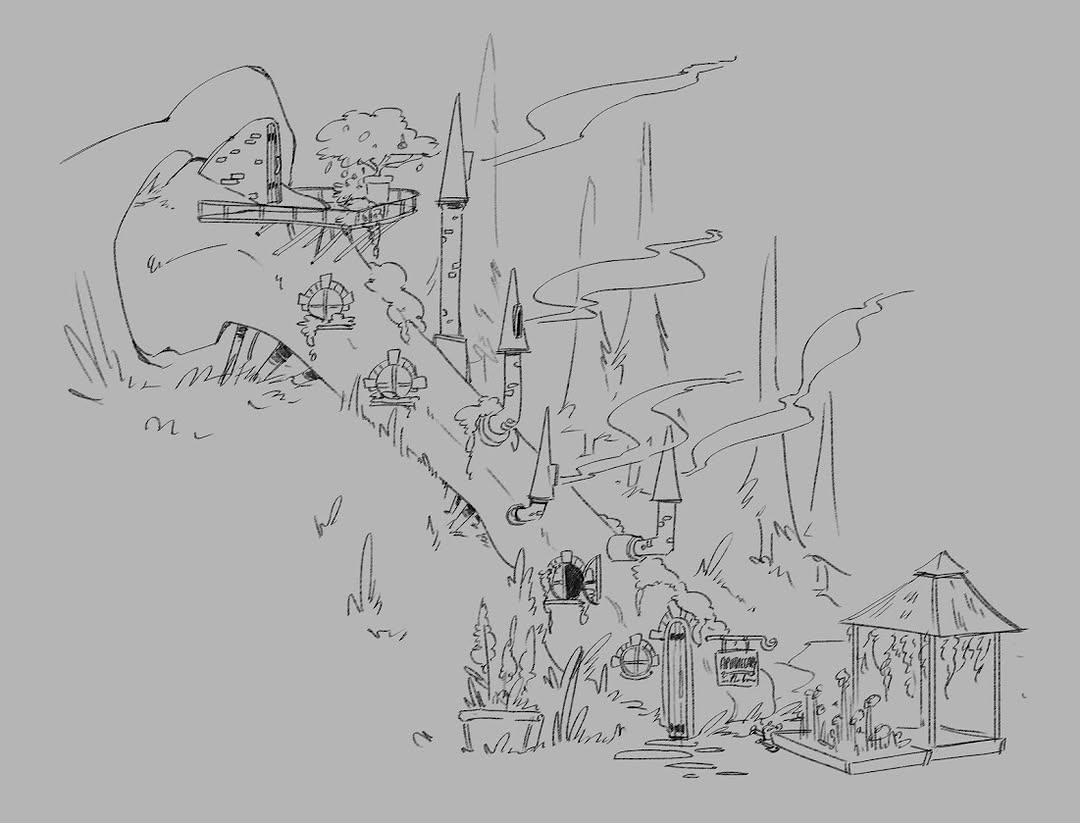
source @wingedcanvas
Lines in a drawing do much more than just outline shapes—they convey movement, texture, and emotion. The thickness, direction, and fluidity of your lines can significantly change the perception of your subject. A thick, bold line can create a sense of strength or emphasis, while a thin, delicate line can suggest softness or fragility.
When drawing a subject in motion, the use of fluid, curved lines can capture energy and movement, while straight lines often create a sense of stability. To add drama, incorporate both thick and thin lines for a contrast that leads the viewer’s eye through the composition.
6. Negative Space is Your Friend
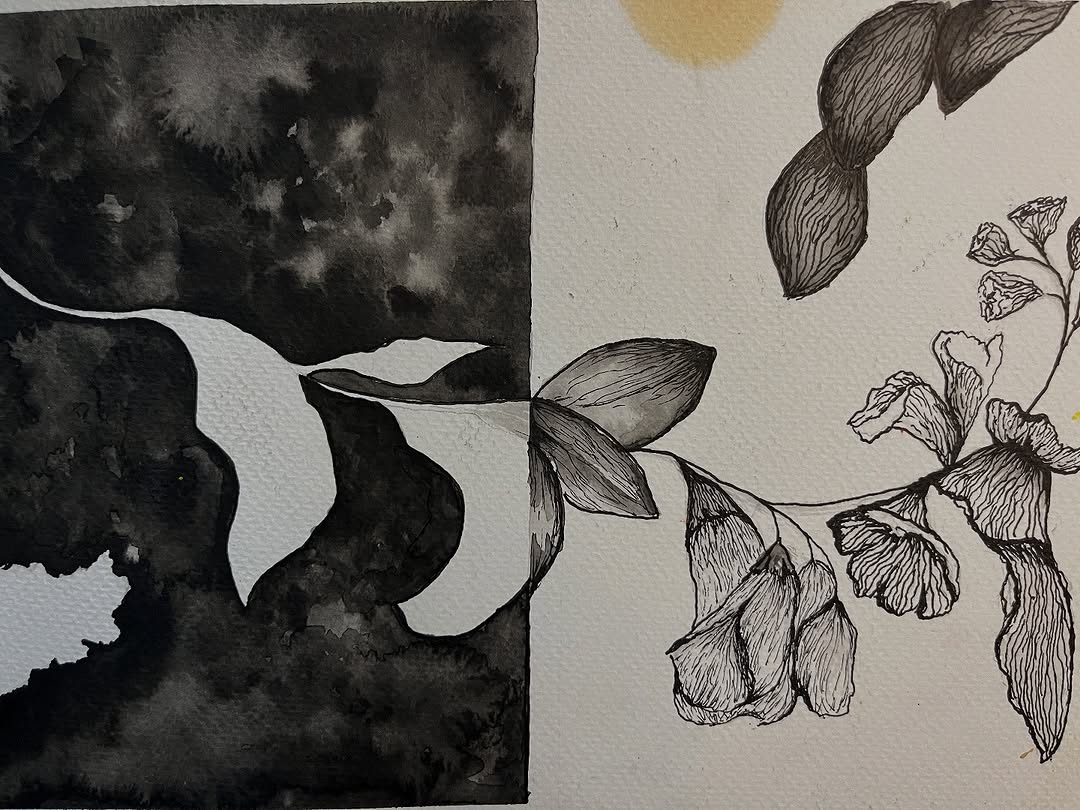
source @rhapsodyexpressionofcolours
Negative space is the area around and between the subject in your drawing. Many artists focus too much on the object itself and forget that the empty space surrounding it is just as important. The right use of negative space can balance your composition and even create additional shapes or forms within the drawing.
Think of negative space as the unsung hero of your artwork. By strategically leaving areas of your drawing unfilled, you can emphasize the subject matter while maintaining a sense of harmony. The key is to think of the space as part of the drawing rather than just the absence of it.
7. Play with Perspectives
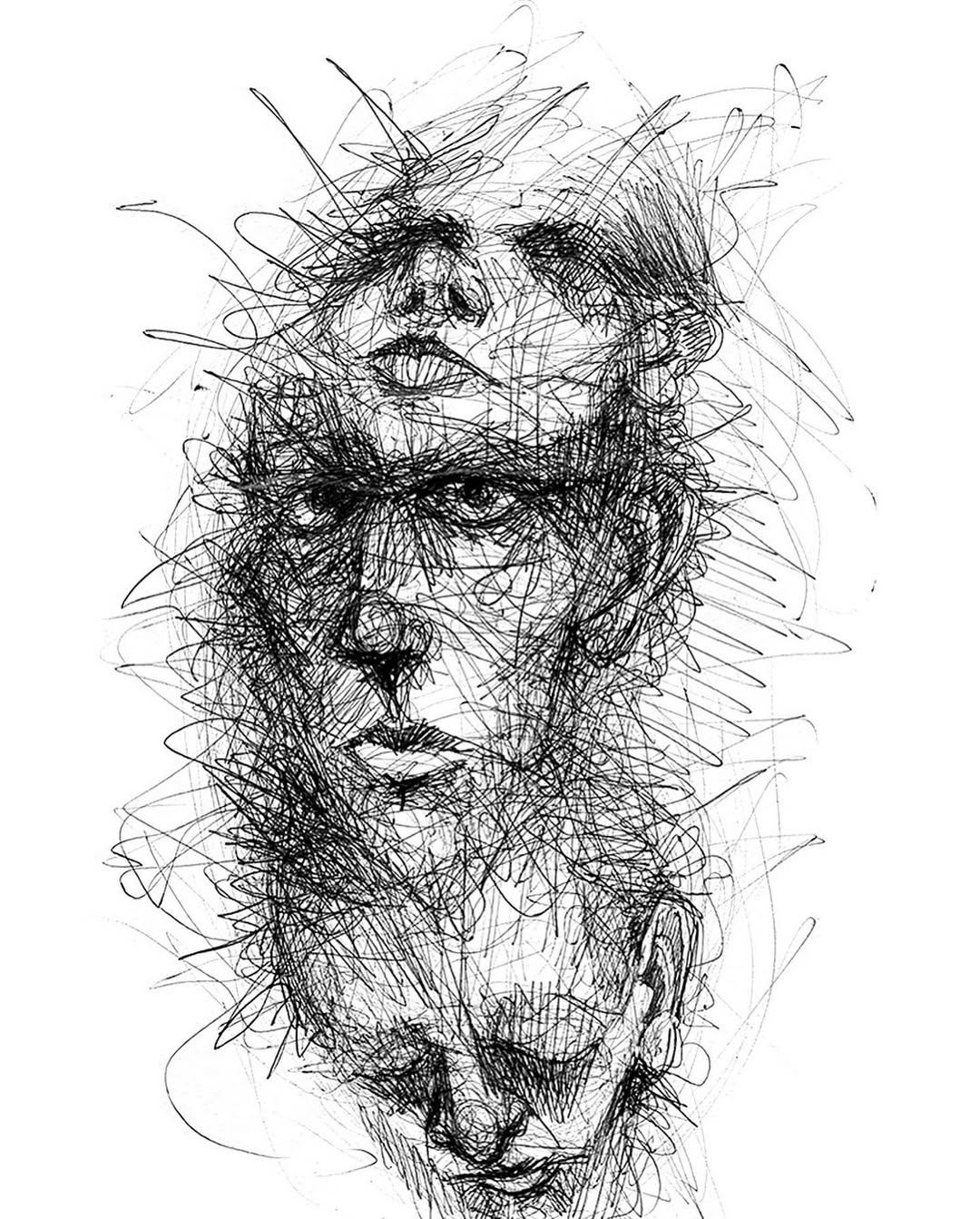
source @sarriaj
Perspective is the technique that creates the illusion of depth on a flat surface. It allows you to depict three-dimensional space on a two-dimensional canvas. Changing your point of view or playing with the scale and positioning of objects can completely transform your drawing.
Experimenting with different perspectives, such as birds-eye view or worm’s-eye view, can make even simple subjects appear more dynamic and engaging. By altering perspective, you give your artwork a unique twist that captures attention and interest.
8. Incorporate Organic Shapes
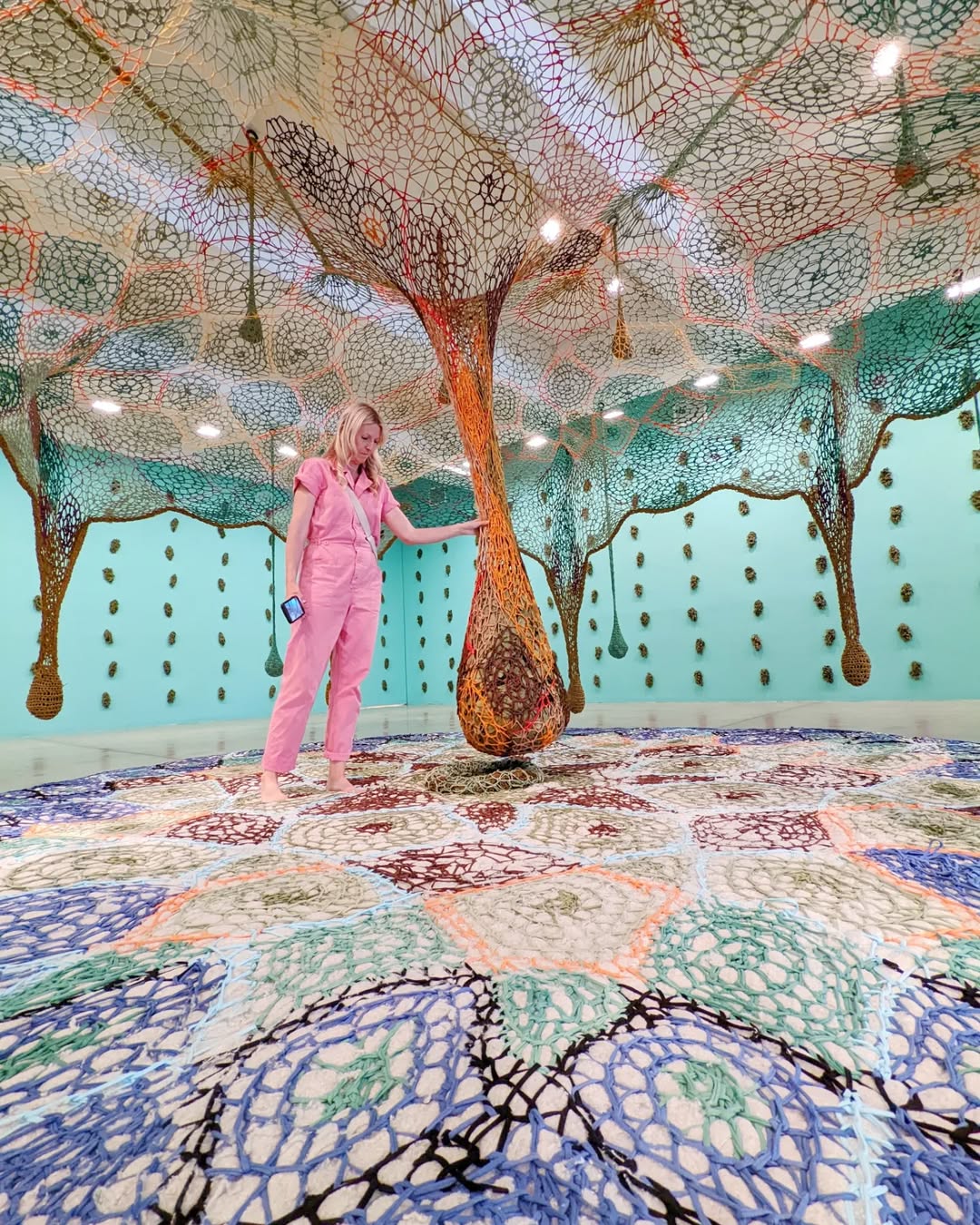
source @fomofeed
Organic shapes—those that are irregular and freeform, much like those found in nature—add a sense of flow and life to your drawings. They are often softer and less predictable than geometric shapes, which can give your artwork a more natural, harmonious feel.
When drawing plants, animals, or even abstract forms, experiment with organic shapes to make your work feel less rigid and more fluid. This will also help in creating a sense of balance and calm, rather than overwhelming your piece with sharp, angular lines.
9. Don’t Over-Detail: Simplicity is Key
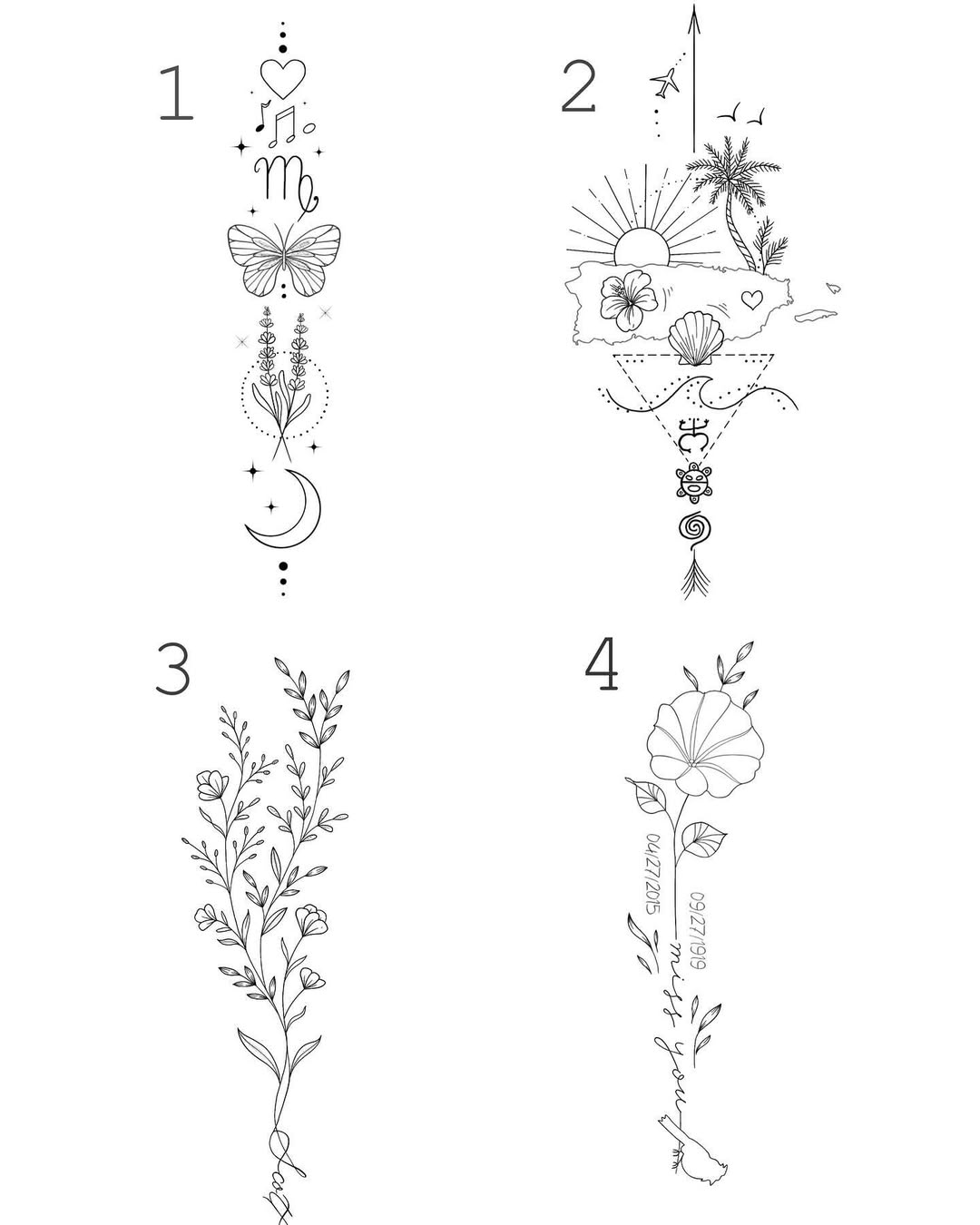
source @linebotanical
It can be tempting to add countless fine details to your artwork, but sometimes less is more. Over-detailing can make your piece look cluttered and detract from the overall impact. Simplicity allows the viewer to focus on the most important elements without being overwhelmed by unnecessary complexity.
Embrace minimalist drawing styles that highlight key aspects of the subject and leave room for interpretation. Let the composition breathe and give your artwork space to shine.
10. Use Textures to Add Depth
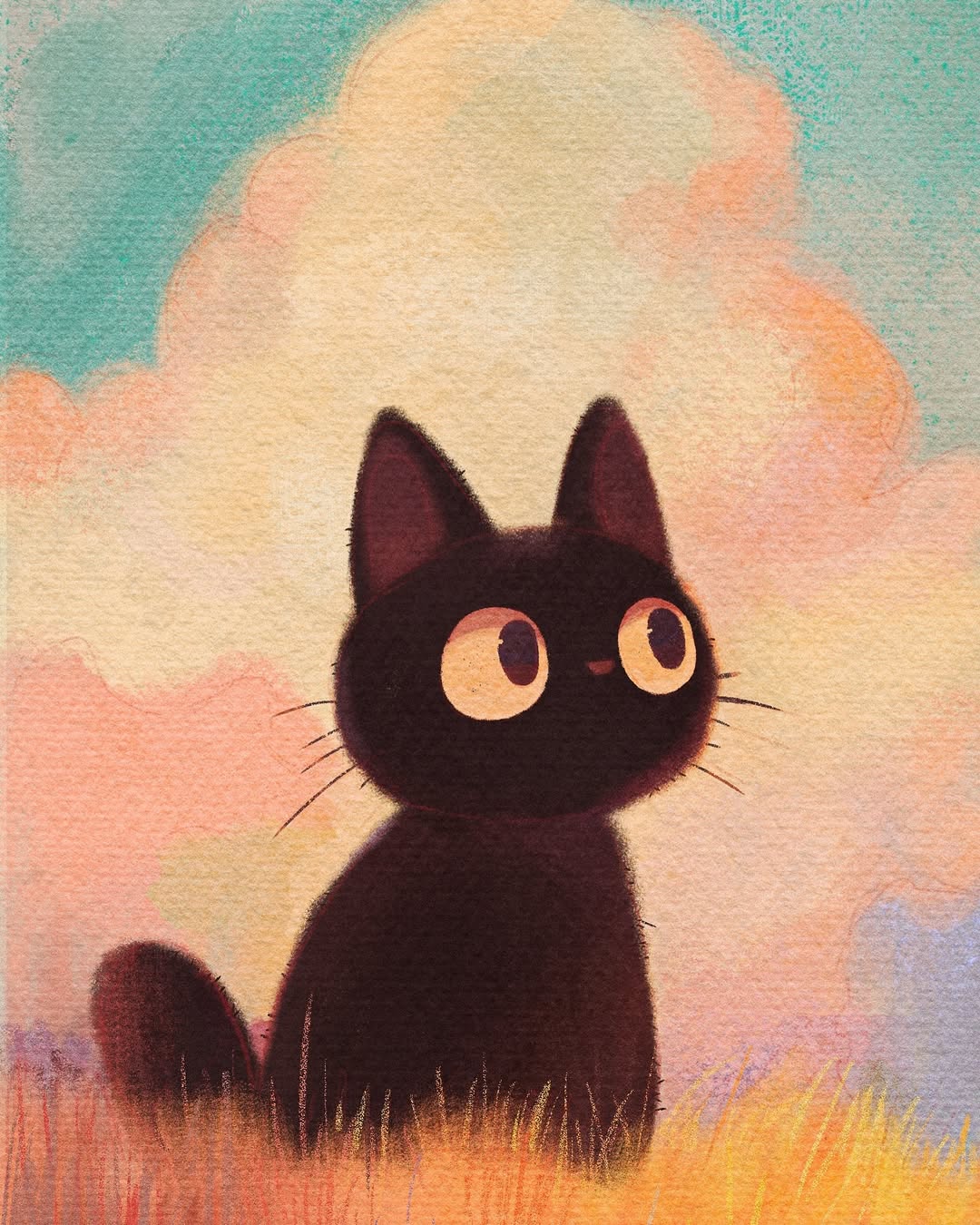
source @nelli_suneli
Textures help create a tactile feeling in your drawings. By varying the surface quality, you can add interest and make your art feel more tangible. Whether you’re drawing rough textures like tree bark or smooth textures like skin, the ability to convey different surfaces is essential for realistic artwork.
Texture also plays a critical role in visual storytelling. A smooth, polished texture may suggest something clean and modern, while a rough, jagged texture could evoke feelings of age or decay.
11. Choosing the Right Paper for Your Medium
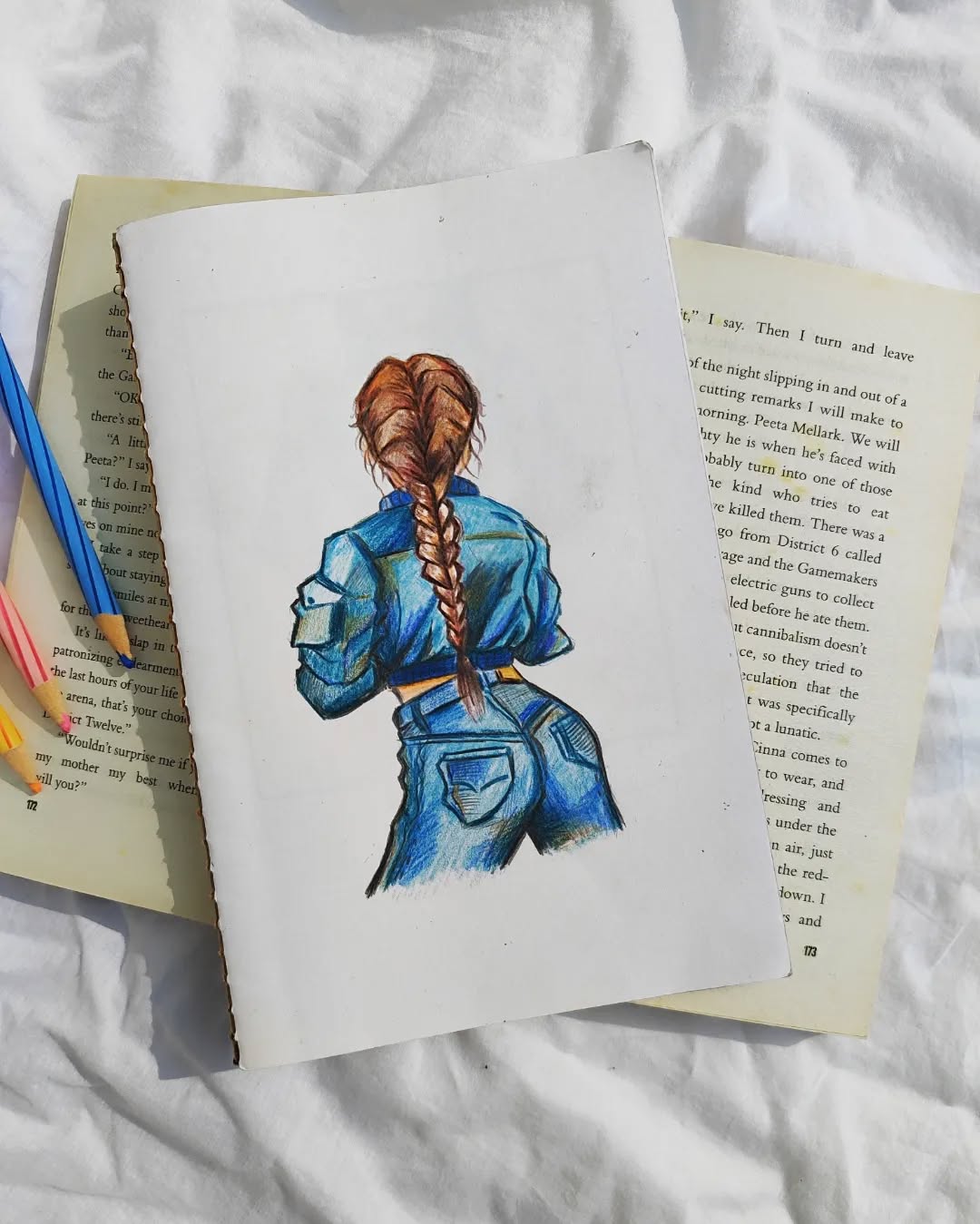
source @artisticfaeza
The type of paper you use can significantly affect the outcome of your drawing. Paper comes in various textures and weights, each suited to different mediums. For instance, rough paper works best for charcoal and pastels, while smooth paper is ideal for fine pencil work and ink drawings.
Understanding the characteristics of your paper will help you achieve the desired effect. Always match the texture and weight of the paper with the medium you’re using to ensure the best results.
12. The Importance of Proportions in Creating Realism
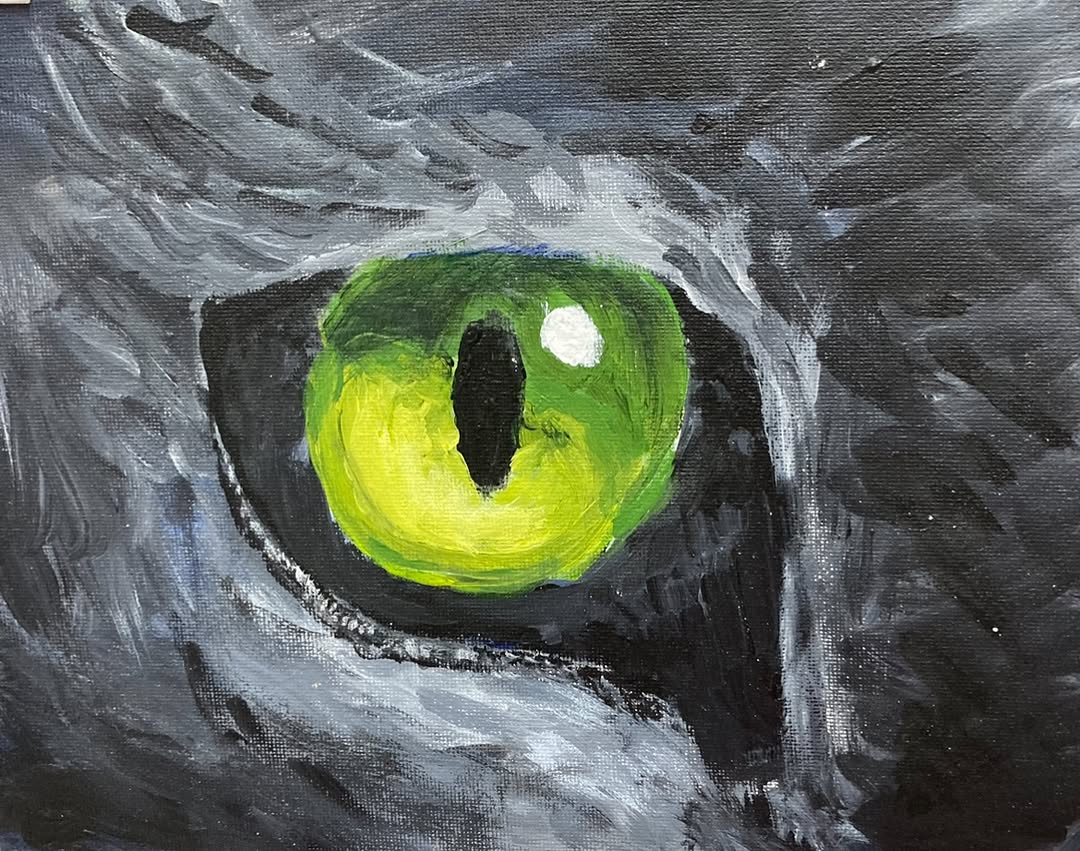
source @scottsdaleartschool
Proper proportions are essential for achieving realism in your drawings. When drawing people, animals, or objects, it’s important to maintain the correct ratio between different parts of the subject. Misplaced proportions can make your artwork look awkward or unnatural.
Using reference grids, measuring tools, or the “sighting method” can help you achieve accurate proportions. The more you practice, the more you’ll develop a sense of proportion that allows you to intuitively draw more realistically.
13. Developing a Unique Drawing Style
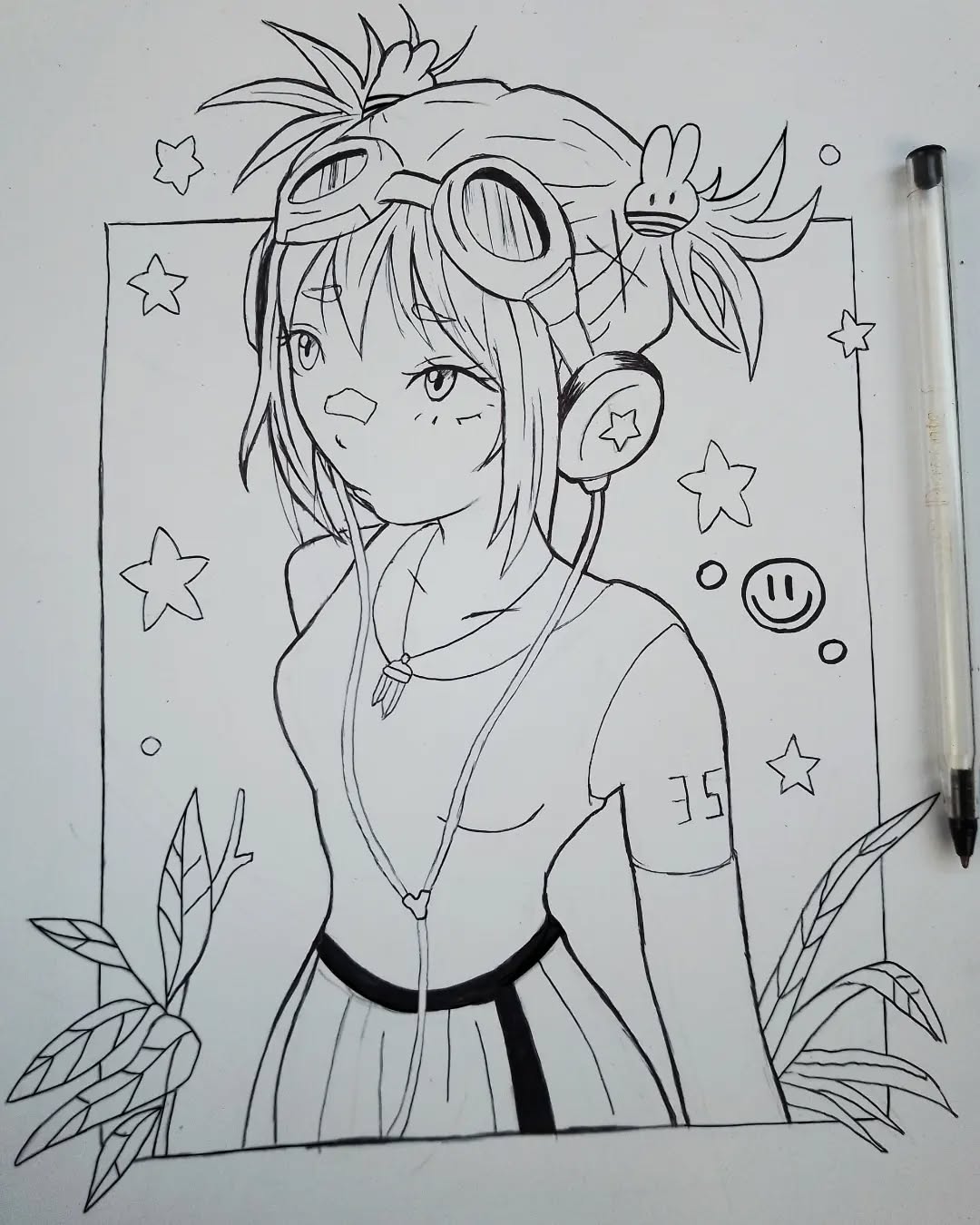
source @sigilpop
Your personal drawing style is what sets you apart from other artists. While it’s great to learn from others, you should always seek to find your unique voice through your artwork.
Developing a drawing style takes time and experimentation. Don’t be afraid to explore different techniques, tools, and subjects until you discover a style that feels authentic to you.
14. Using Negative Space Creatively

source @wearepitchworx
Negative space, often overlooked, can be used creatively to shape your composition. It refers to the areas in your drawing that aren’t filled with the subject, and how you manage these spaces can change the feel of your piece. By carefully considering where and how you use negative space, you can make your subject stand out more.
Try drawing a subject with lots of open, empty space around it. This will create a sense of calm and openness. Alternatively, using negative space to frame your subject can lead to a more dramatic, impactful drawing.
15. The Magic of Cross-Hatching
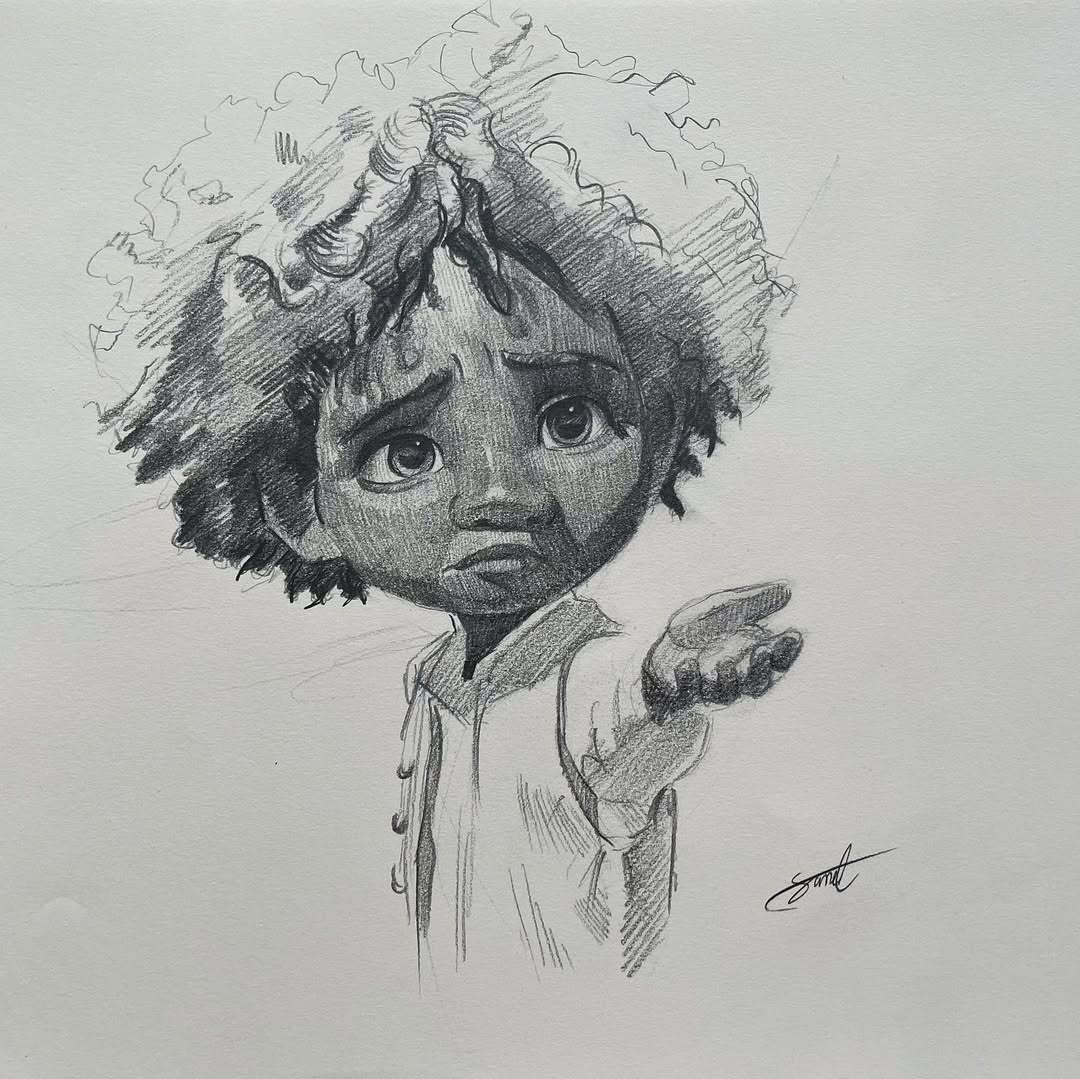
source @clsamet
Cross-hatching is a shading technique where you create layers of lines that intersect at different angles. This method helps to build up texture and value in your drawings, and when done correctly, it can create a rich, detailed look.
Mastering cross-hatching will allow you to add depth to your drawings while maintaining precision and control over your shading. The more layers you add, the darker and more intense your shading will be, giving your artwork a realistic feel.
16. Creating a Focal Point with Color

source @katy_lipscomb
Incorporating color into your drawings can help establish a focal point that grabs the viewer’s attention. Whether you choose to add color to a specific element or a certain area, using color strategically can make that part of your drawing stand out.
You can use a bright color to draw attention to a key subject, while the rest of the drawing remains neutral or muted. This draws the viewer’s eyes to the most important part of your composition.
17. The Rule of Thirds
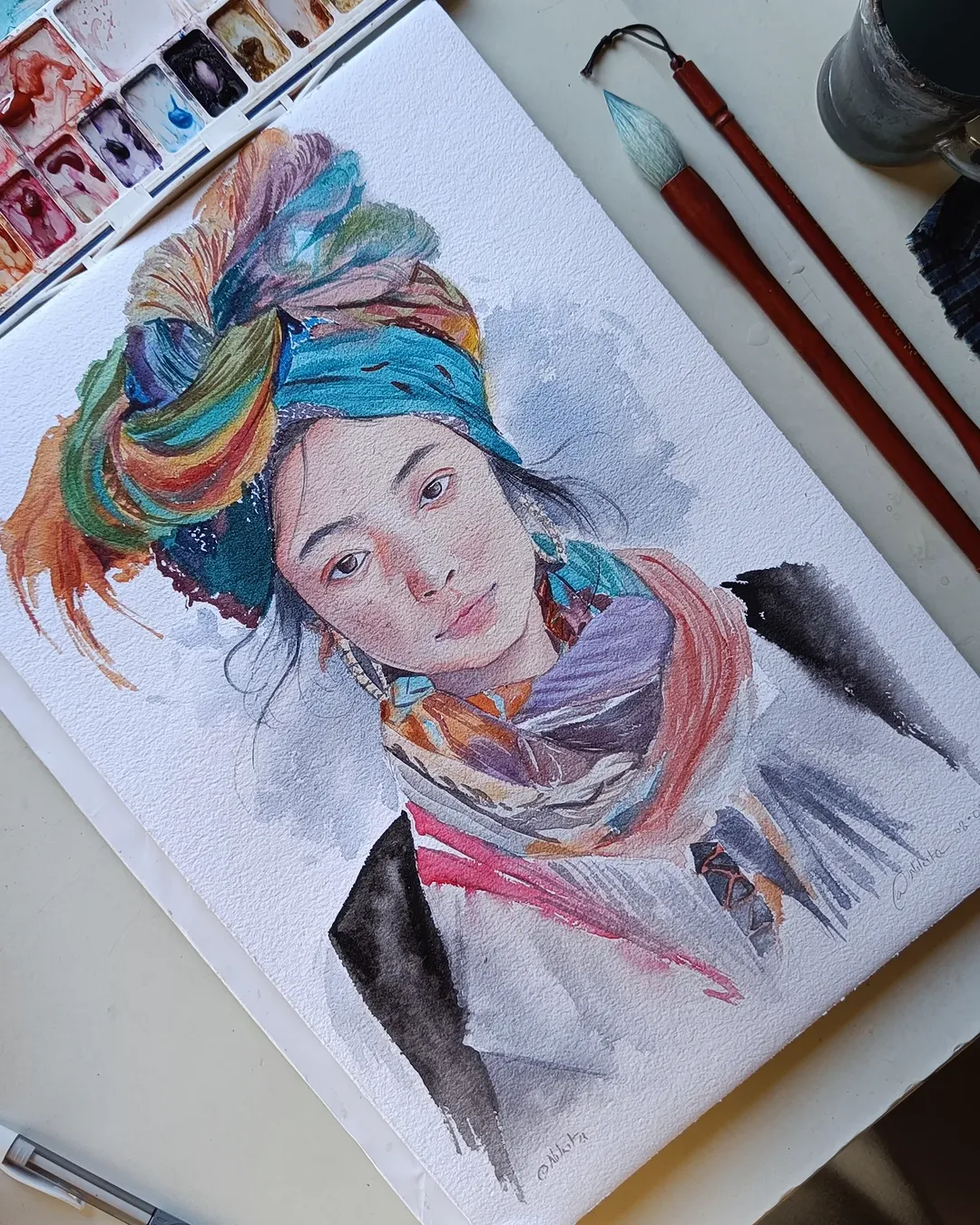
source @_nikita_chouhan___
The Rule of Thirds is a basic principle in art and photography that divides your canvas into nine equal sections by drawing two equally spaced horizontal and vertical lines. By positioning key elements of your composition along these lines or their intersections, you can create a more balanced and dynamic image.
This rule helps avoid a static, centered composition, creating a sense of movement and interest. Experimenting with the Rule of Thirds is a great way to enhance the composition of your drawings.
18. Using Watercolor Pencils for Dreamy Effects
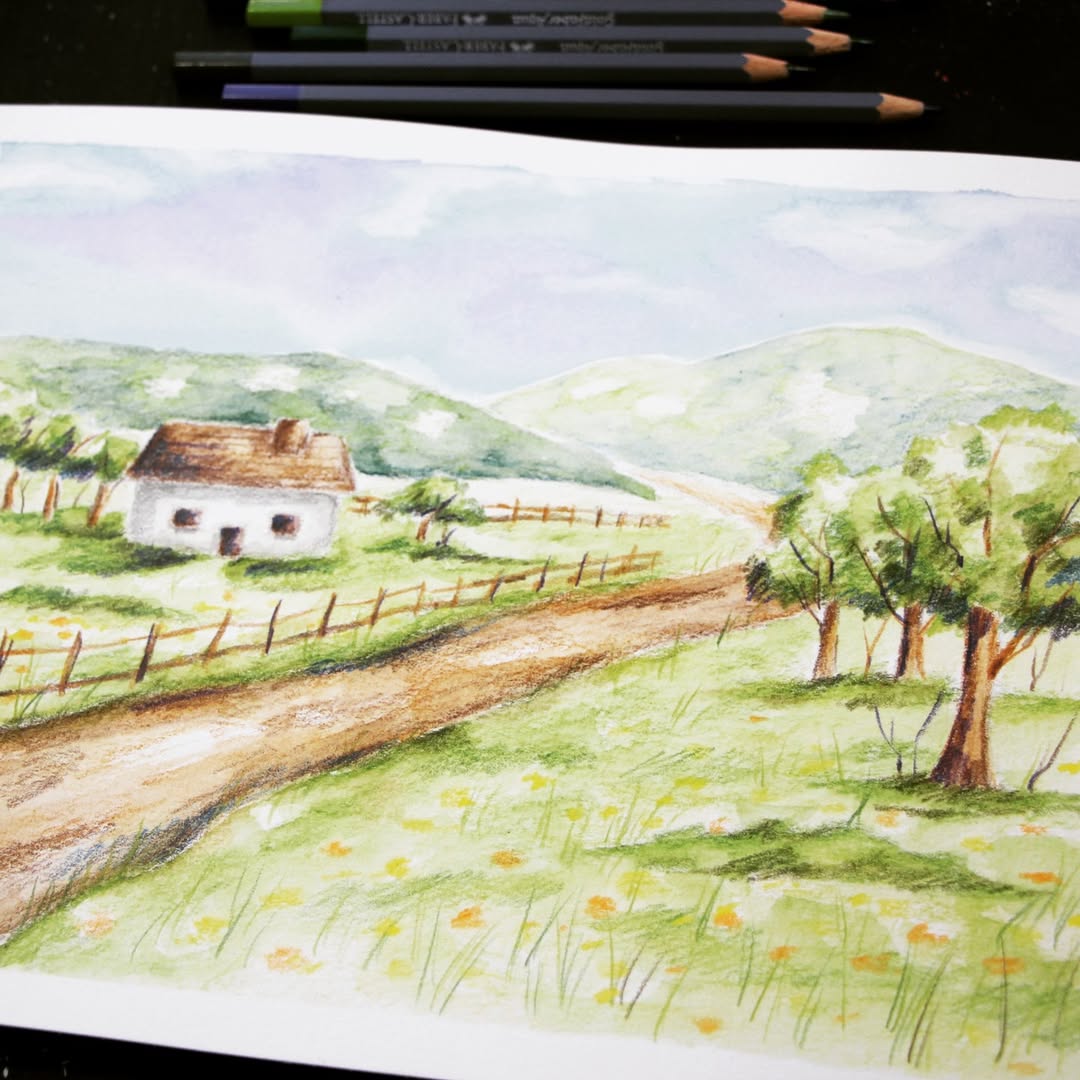
source @erika_lancaster_art
Watercolor pencils are a unique medium that combines the precision of colored pencils with the softness of watercolor. When you apply water to the pencil marks, the colors blend into smooth washes of color, creating dreamy, ethereal effects.
This makes watercolor pencils ideal for blending, creating gradients, or painting soft textures. They’re perfect for adding a touch of softness to your drawings or achieving a delicate wash.
19. Implementing Gesture Drawing for Dynamic Poses
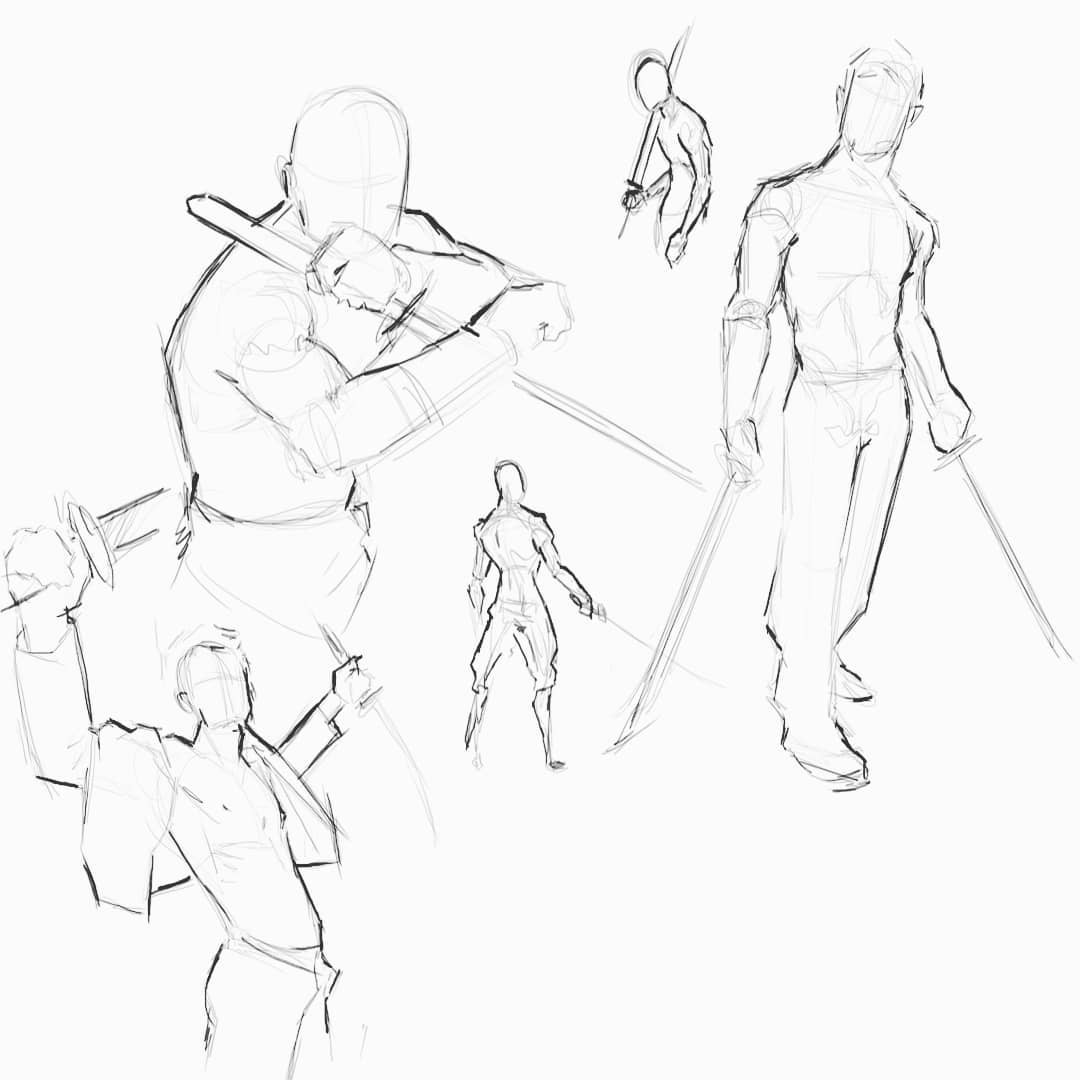
source @reda.ifanguer
Gesture drawing is an excellent technique for capturing the essence of a pose or movement in a short amount of time. These quick, loose sketches help you focus on the flow and rhythm of the subject rather than on intricate details.
Gesture drawings are particularly useful for artists who want to capture human figures, animals, or even architectural designs in motion. By practicing gesture drawing, you’ll improve your ability to create dynamic, expressive works that are full of life.
20. Experimenting with Mixed Media
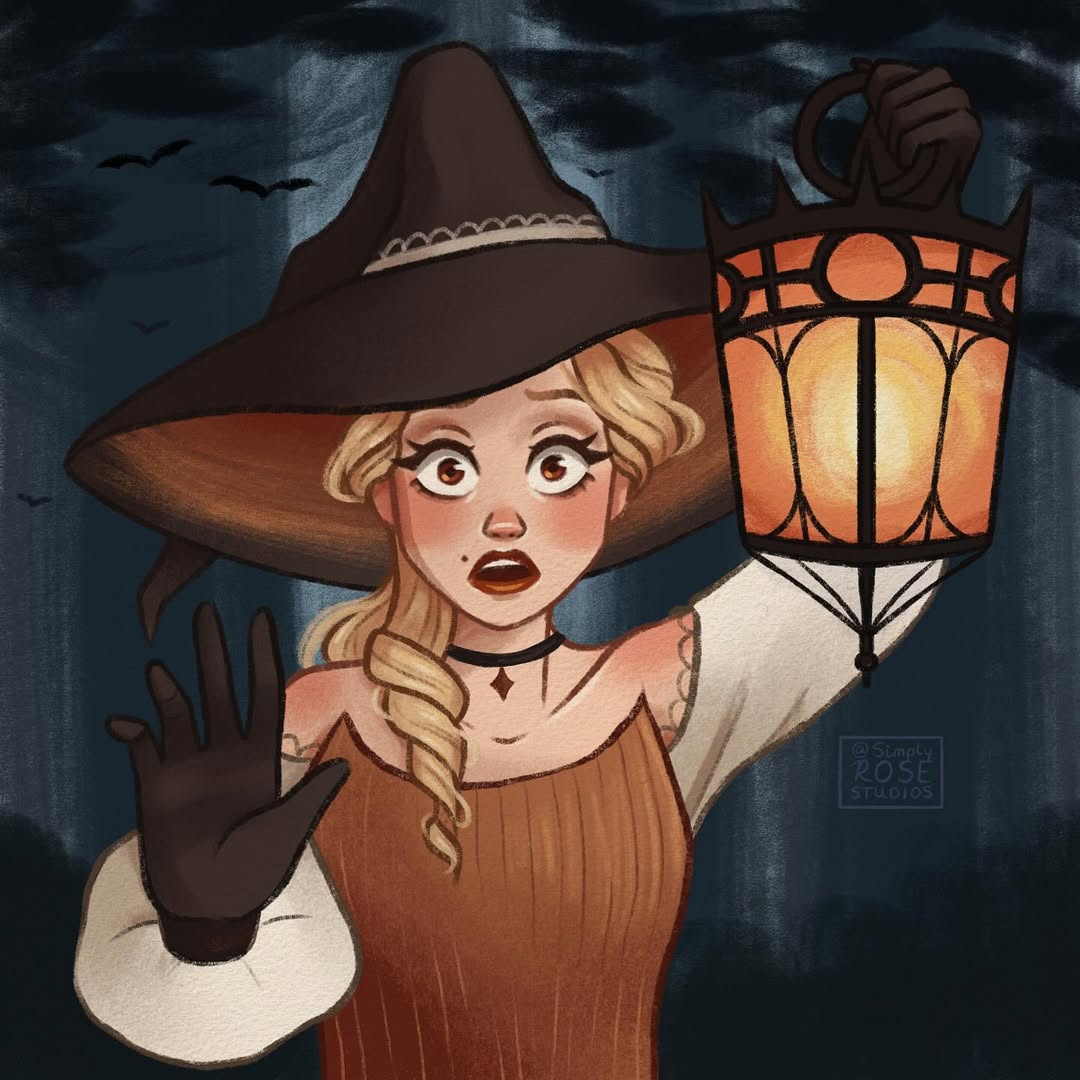
source @simplyrose.studios
Mixing different materials and media in your artwork can create striking effects and add a layer of complexity. For example, combining pencil sketching with watercolor, ink, or pastels can produce a texture-rich drawing that blends the best of both worlds.
Don’t be afraid to experiment with various combinations of tools and mediums to find what works best for your style. A mixture of pencils, ink, and even digital elements can bring a modern touch to your work.
21. Taking Breaks to Avoid Burnout
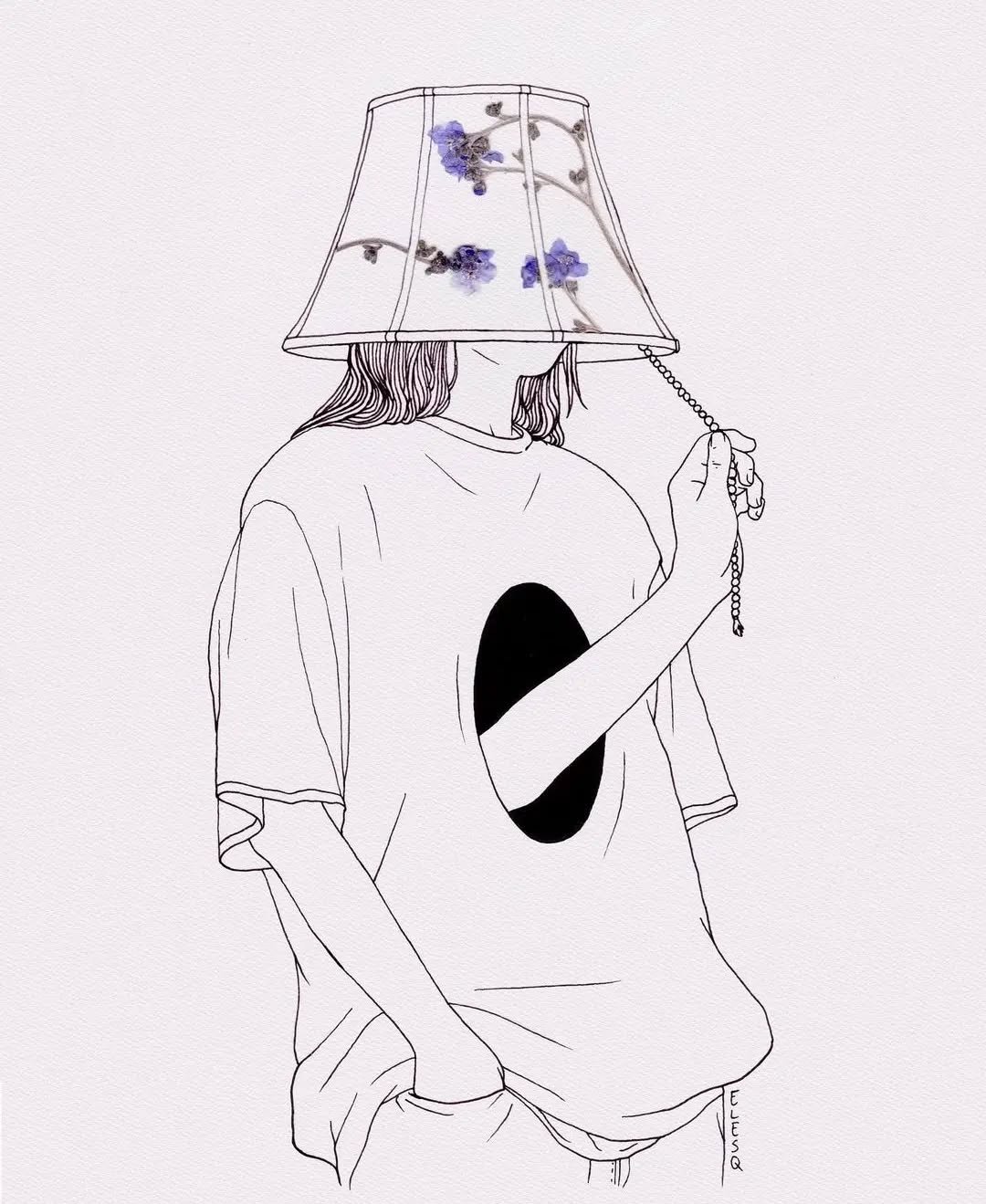
source @nepentheez
One of the secrets to creating beautiful, engaging art is pacing yourself. Sometimes the best way to improve your work is to step away from it for a moment. This gives your eyes and mind the opportunity to reset and come back with a fresh perspective.
When you’re deeply involved in a piece, it’s easy to lose sight of the bigger picture. Taking regular breaks allows you to assess your progress with a clearer mindset and make necessary adjustments to your drawing.

